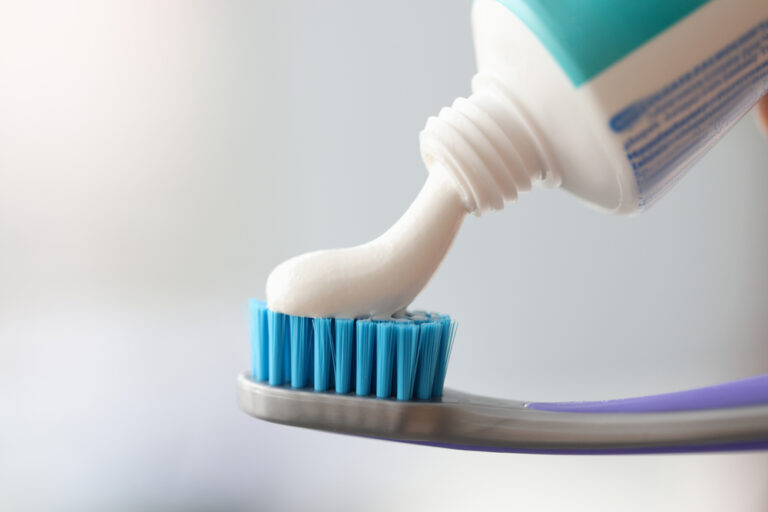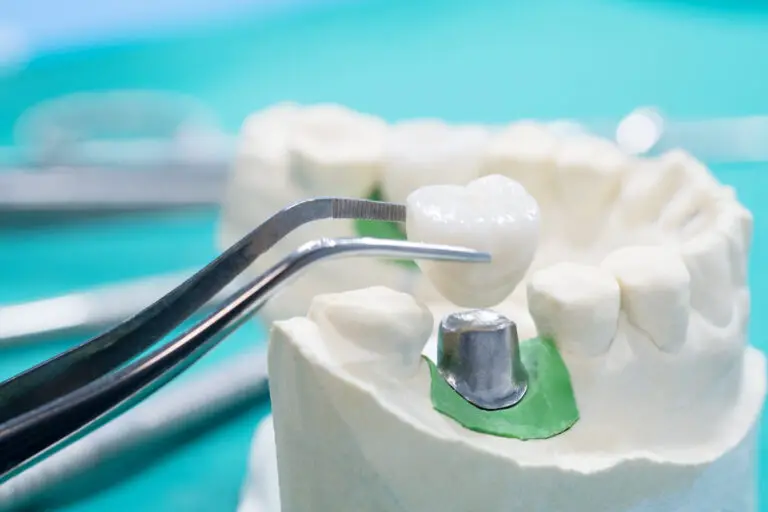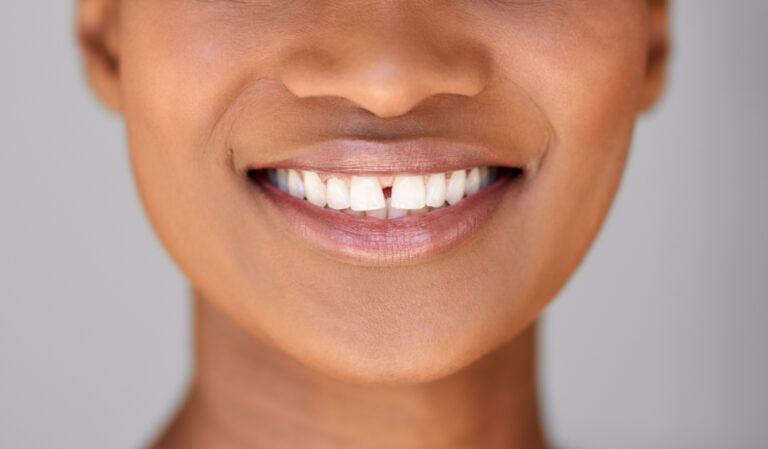Denmark is often cited as having the healthiest teeth in the world. According to data from the World Health Organization, Denmark has the lowest rate of tooth decay and tooth loss in adults and children. But why exactly do the Danes have such healthy teeth? There are several key factors that contribute to Denmark’s dental health success.
National Dental Care System
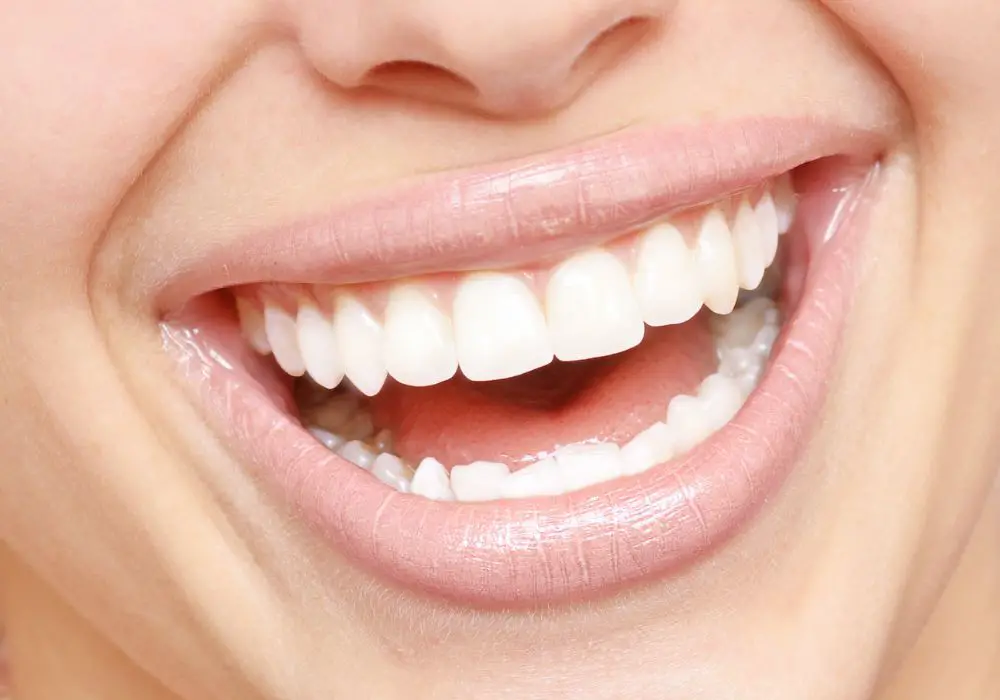
One of the biggest reasons for Denmark’s dental health accomplishments is its national dental care system. Dental care is included under Denmark’s national health insurance program, which means regular dental visits and preventative oral health care is free or heavily subsidized for all citizens.
This has enabled the vast majority of Danes, regardless of socioeconomic status, to access affordable dental care starting from a young age. According to the OECD, around 83% of Danes visited the dentist in the past 12 months, a higher rate than most other countries.
Key Facts About Denmark’s Dental Care System
- Free or subsidized dental care for all citizens covered under the national health insurance. This includes exams, x-rays, cleanings, fillings, extractions, root canals, crowns, dentures and more.
- Low out-of-pocket costs for all dental treatment – no co-payments required for basic services. More complex treatments have co-pays capped at around 30-60% of the cost.
- Strong focus on preventative services like regular check-ups, teeth cleanings, and early cavity detection. This reduces the need for invasive treatments later on.
- Mandatory dental care for all children and adolescents under age 18 to instill positive habits.
- High overall dentist density – 63 dentists per 100,000 population. This is well above the EU average and reduces wait times.
- Good geographical distribution of dentists across urban and rural areas.
This extensive public dental program is largely funded by the country’s high taxes which subsidize the welfare state. However, the long-term benefits of good oral health care access outweigh the costs. Denmark views dental health as a public health priority.
School Dental Care Programs
Another major factor is the priority placed on dental care for children and adolescents. All public schools in Denmark have a dental care program, where a dental hygienist regularly examines the students’ teeth.
This allows any potential dental issues to be caught early. The hygienist can then refer serious cases to a dentist, while providing teeth cleanings and preventative oral health education to all students directly in the school.
By age 15, a typical Dane will have had their teeth examined about 25 times as part of the school dental care program. This establishes lifelong positive dental care habits.
Key Facts About School Dental Programs
- Free regular dental examinations for all students in public school, conducted in the school clinic.
- Provided directly at schools 1-2 times per year by qualified dental hygienists.
- Includes teeth cleanings, fluoride treatments, check-ups, and oral health education.
- Helps identify dental issues like cavities early so they can be treated.
- Begins habits of good regular self-care and hygiene from childhood.
- High participation rates, as parents do not need to schedule appointments.
| Age | Average # of Dental Exams |
|---|---|
| 6 years old | 3 exams |
| 12 years old | 13 exams |
| 15 years old | 25 exams |
This comprehensive school dental care system ensures children get into the habit of regular dental visits from the very start. It also makes it easy for parents and reduces disparities since every child is checked at school regardless of socioeconomic status.
Fluoridated Water
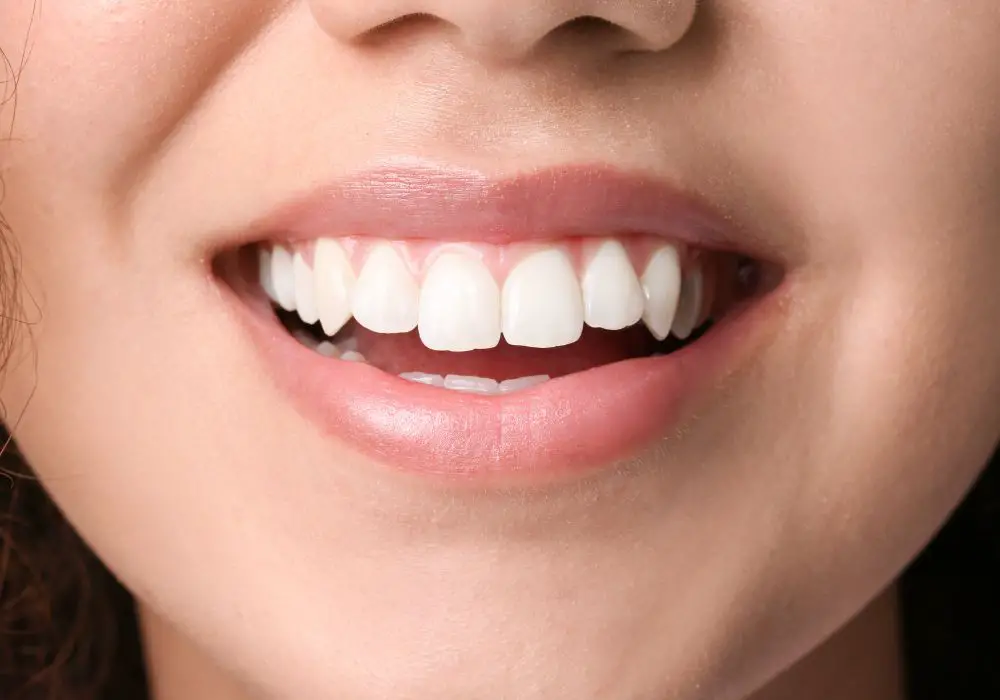
Most tap water in Denmark contains fluoride, which has been definitively proven to help prevent tooth decay and cavities when ingested.
The natural fluoride levels in Denmark’s water sources were relatively low historically. But since the 1970s, fluoride has been added to municipal water supplies across Denmark.
Today, around 82% of Denmark’s tap water is fluoridated to the optimum level for dental health. Fluoridated water, combined with use of fluoride toothpaste, provides a constant supply of cavity-fighting fluoride delivered to the teeth and oral tissues.
Some key facts about Denmark’s water fluoridation program:
- Began in the 1970s and expanded through the 1980s.
- 82% of tap water is now fluoridated, reaching 3.8 million households.
- Fluoride added is sodium fluoride or sodium fluorosilicate.
- Fluoride levels adjusted to optimal concentration of 0.7 to 1.2 mg/L.
- Helps prevent up to 25% of cavities in children and adults.
- Supported by the Danish Health Authority and dental associations.
- Considered a safe, effective and equitable public health measure.
The benefits of water fluoridation go beyond dental health as well. Studies show fluoride helps strengthen bone structure and prevent fractures, which is especially important for older adults.
Healthy School Food Programs
The food served in Denmark’s school system also contributes to good dental health. School meals follow dietary guidelines that include plenty of whole grains, fruits, vegetables, eggs, fish and limited sugar and sweets.
Since children eat one or sometimes two meals per day at school, this ensures they are getting nutrition that supports strong teeth and gums during important developmental years.
School food policies help limit excessive sugar consumption from a young age. Many schools have banned or limited the sale of sugary sodas, candy, baked goods and snacks. There are also programs educating kids on good nutrition, oral hygiene and healthy lifestyle habits.
High Dentist Density
Denmark has one of the highest dentist densities in the OECD, with around 63 dentists per 100,000 residents. This is well above the OECD average of 42 dentists per 100,000 people.
More dentists means more accessibility, lower patient loads, shorter wait times, and geographic proximity to care for Danes. They are able to easily find a dentist and schedule regular preventative dental visits, which helps catch issues early before they become serious problems requiring invasive treatments.
Shortages of dentists are a major barrier to good dental care access in many countries. But Denmark’s high dentist density removes this obstacle and ensures most people live reasonably close to a dental clinic, including in rural areas.
Low Antibiotic Usage
Research has shown a link between high use of antibiotics and greater risk of oral health issues like gum disease and infection. Denmark has very low use of antibiotics compared to most countries.
On average, Danes receive just 11 antibiotic prescriptions per 1,000 inhabitants annually. This is less than half the rate in countries notorious for overusing antibiotics like Greece and France.
Prudent antibiotic use, driven by strict prescribing guidelines for doctors, helps protect the natural microbiome balance in the mouth. This likely contributes to superior dental health outcomes in Denmark compared to heavy antibiotic users.
High Consumption of Dairy and Cheese
Dairy products like milk, cheese and yogurt are rich in calcium, phosphorus and protein – nutrients that help build strong tooth enamel resistant to decay.
Denmark has one of the highest dairy and cheese consumptions globally. Danes eat around 45 pounds of cheese per capita annually, the highest in the EU. Milk, yogurt, and other fermented dairy foods are also commonly consumed.
While excessive sugar intake negatively impacts dental health, research shows dairy components have protective effects on teeth. Denmark’s high dairy and cheese consumption thus likely supports good dental health over the long term.
Low Overall Sugar Consumption
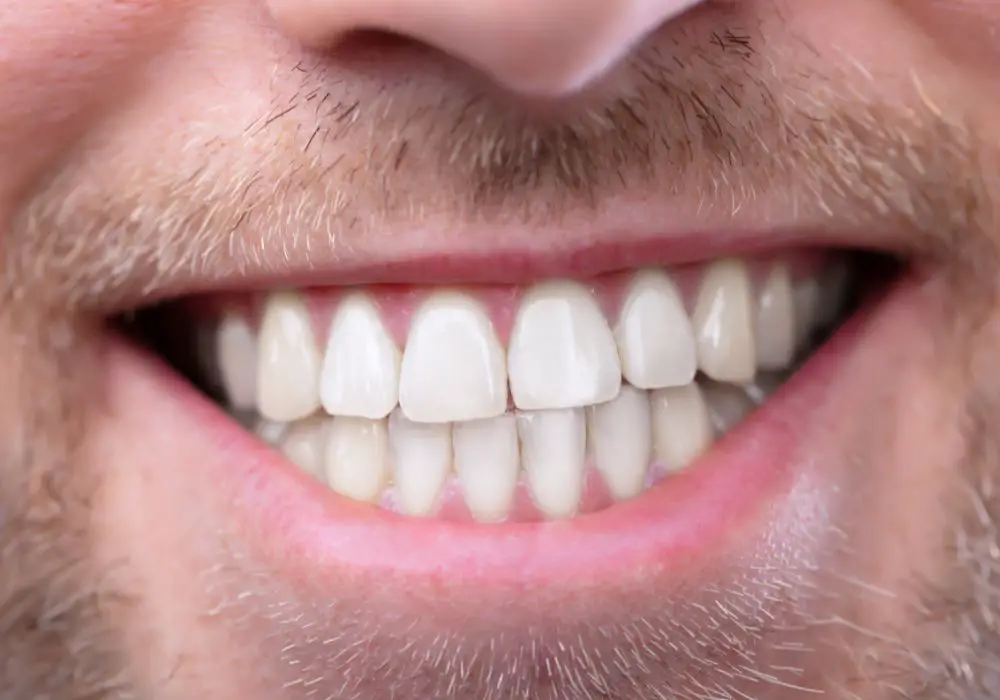
The average Dane only gets around 9% of daily calories from added sugars. This is lower than the 11% in the UK and 14% in the US.
Since excessive sugar consumption is a major cause of cavities and tooth decay, Denmark’s relatively low sugar intakes help prevent dental health problems.
Denmark has implemented various policies and public health campaigns aimed at reducing sugar consumption, particularly in children’s diets. These initiatives to limit sugary foods and beverages seem to be working, as Denmark maintains lower sugar intakes than comparable countries.
Common Dental Health Questions
Here are answers to some frequently asked questions about Denmark’s dental health and national dental care system:
Is all dental care completely free in Denmark?
No, but it is heavily subsidized. Basic services like exams, x-rays, cleanings, fillings and extractions are free for children and heavily subsidized for adults. More advanced treatments often require co-payments capped at 30-65% of the cost.
Do Danes have better toothbrushes, toothpaste or dental hygiene habits?
Not really. While Denmark promotes good dental hygiene, the toothbrushes, toothpastes and flossing habits are similar to other developed nations. The structural factors seem more important.
Would fluoridating water help other countries improve dental health?
Yes, appropriate water fluoridation reduces cavities and decay by around 25% in both children and adults according to major scientific reviews. However, some countries face public opposition to adding fluoride.
Does Denmark use more dental sealants than other countries?
No, sealant usage rates are similar to the US and Europe. But Denmark’s preventative focus ensures sealants are provided to all children who can benefit from them.
Are dental treatments more advanced or high-tech in Denmark?
No, Denmark simply follows best practices for modern dentistry. The technology used is similar to other developed nations. It’s the accessibility and preventative care starting young that makes the difference.
Are there enough dentists if all Danish adults started going more frequently?
The high dentist density helps, but there could be some capacity constraints if adult utilization increased significantly. However, costs and lack of perceived need limit adult visits more than availability of dentists.
Conclusion
In conclusion, Denmark tops global dental health rankings thanks to a comprehensive national dental care program focused on prevention, regular school dental services, fluoridation policies, prudent antibiotic use, low sugar diets and high dairy consumption. Access to regular affordable dental care from childhood establishes lifelong positive oral health habits.
Denmark’s model requires substantial public investment in dental health, but the long-term dividends are healthier teeth, fewer cavities and tooth loss, lower treatment costs, and increased quality of life. With smart policies and appropriate funding, other countries could achieve similar success. Denmark provides a blueprint for how to get citizens smiling with improved dental health.

